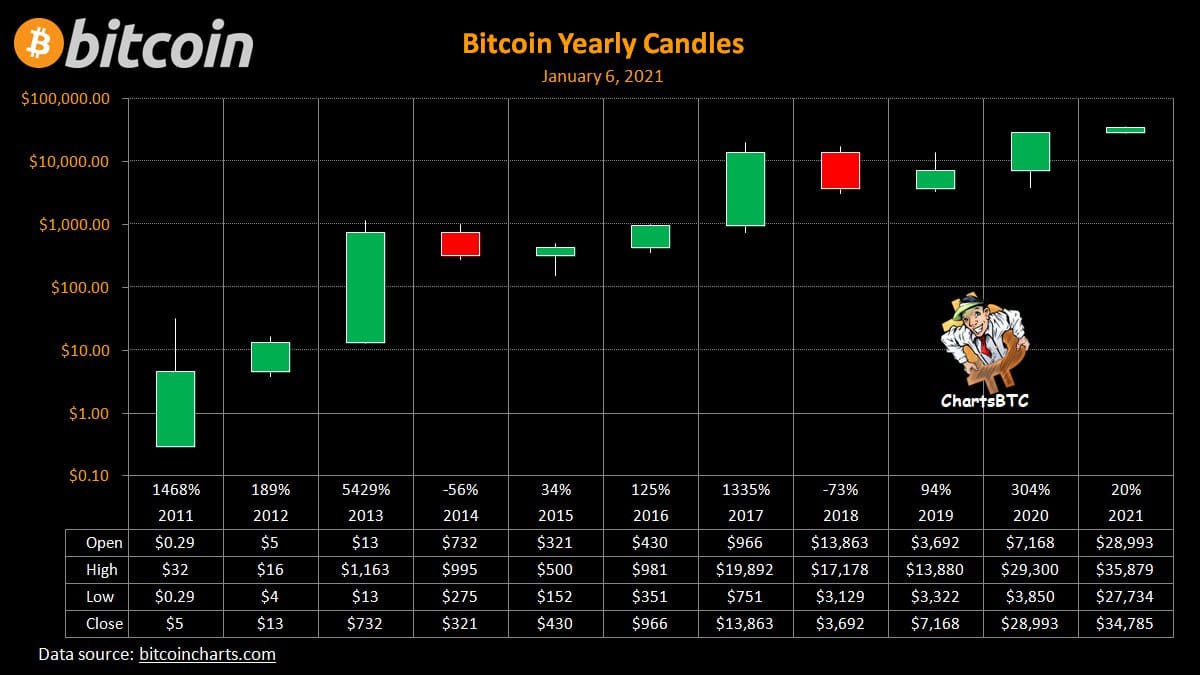The 7-Point Trading Plan Template
One of the first things beginning traders are told to do is to create a trading plan that will spell out a trading strategy and a list of rules to follow in implementing that strategy. The only problem with that advice is that beginning traders don’t really have any trading experience, and thus are lost when attempting to craft a trading plan for their trading.
Another problem with trading plans is that beginners are instructed to treat their plans as gospel and are told not to deviate from them. This prevents traders from adapting their strategies and rules to improve their performance, an essential step in every trader’s learning curve.
Instead of a rigid document to be created early on in your trading career and never to be changed, you should instead view your trading plan as a living and breathing set of guidelines, capable of being modified as you gain trading experience. This article will teach you how to create a trading plan that will guide your trading efforts without stunting your progress.
The 7-Point Trading Plan Template
In creating your trading plan, here are the items you should include:
1. Markets – What markets will you focus on? Be as specific as possible – if you’re trading stocks, what types of stocks will you concentrate on?
2. Timeframe – How long will you hold your positions? Will you be a day trader focusing on trades lasting a few minutes, or a swing trader holding trades for a few days?
3. Period – What times of the day will you trade? You may have outside responsibilities that prevent you from trading an entire trading day. Pick which times of the day best suit your style.
4. Trading Style – How would you characterize your trading style? Perhaps you are a momentum trader focusing on trending stocks? Or maybe you specialize in a particular sector? Again, this can and will change as you gain experience and learn from your results.
5. Risk Management Rules – This is an essential and often overlooked component of your trading plan. How will you manage your risk, both on a per-trade basis and overall? You should have a “stop trading” point which is a fixed dollar amount that will force you to stop trading if you’re down by that much.
6. Mentor – Who do you follow and learn from as a teacher? Attempting to learn trading all by yourself is not only lonely but foolish as it ignores the hard-earned wisdom of other traders. You can either repeat the mistakes of other professionals and hope to eventually learn the lessons and techniques that they’ve learned, or you can simply learn from successful traders and bypass those initial frustrations.
7. Learning Process – How will you structure your learning process as a trader? What steps will you take to ensure you’re always getting better? How will you structure your trading journal?
Trading Plan Example
To show you this trading plan template in action, I’m going to fill it out according to my trading style:
1. I trade the U.S. stock markets, focusing on volatile stocks with sufficient volume. These stocks are typically the focus of news items and are thus “in play.”
2. I am a day trader and hold my positions anywhere from a few seconds to a few hours. I’m primarily a scalper and am looking to take advantage of short-term imbalances between supply and demand. I will stay in a trade as long as I can identify a supply/demand imbalance.
3. I trade throughout the trading day, although I focus most of my activity on the opening and closing of the trading day.
4. While I have multiple styles, I would characterize myself primarily as a momentum trader that relies on tape reading to identify favorable risk/reward situations to enter in the direction of a trend.
5. I’m fanatical about managing my risk, both on a per-trade basis and overall. Every trade I enter has a predefined stop-loss and I have a daily stop-loss to stop trading when I’m having a rough day.
6. I’ve had a variety of mentors throughout my career, and now I talk with a select group of traders at my firm with similar trading styles.
7. I review every single trade I make, always looking for ways in which I can improve. This may be as simple as cutting down my risk when trading certain stocks or altering my execution patterns.
Your trading plan can be as simple as that, just a series of statements answering those 7 questions. You also shouldn’t spend too much time creating your trading plan as it will frequently change throughout your career.
Summary
Your trading plan will crystallize exactly what you’re trying to accomplish, but don’t view it as set in stone. Rather, your plan will grow and change as you gain experience and develop your trading style.
Your trading plan also doesn’t need to be a complicated document spanning multiple pages. You simply need to define what markets you’re going to trade, how you’re going to trade them (how long you’ll hold positions, what times of day you’re going to trade, and your trading style), how you’re going to manage your risk, and how you’re going to continue developing as a trader. By clarifying and explicitly stating those 7 key points, your trading plan will serve and support you in your trading career.





